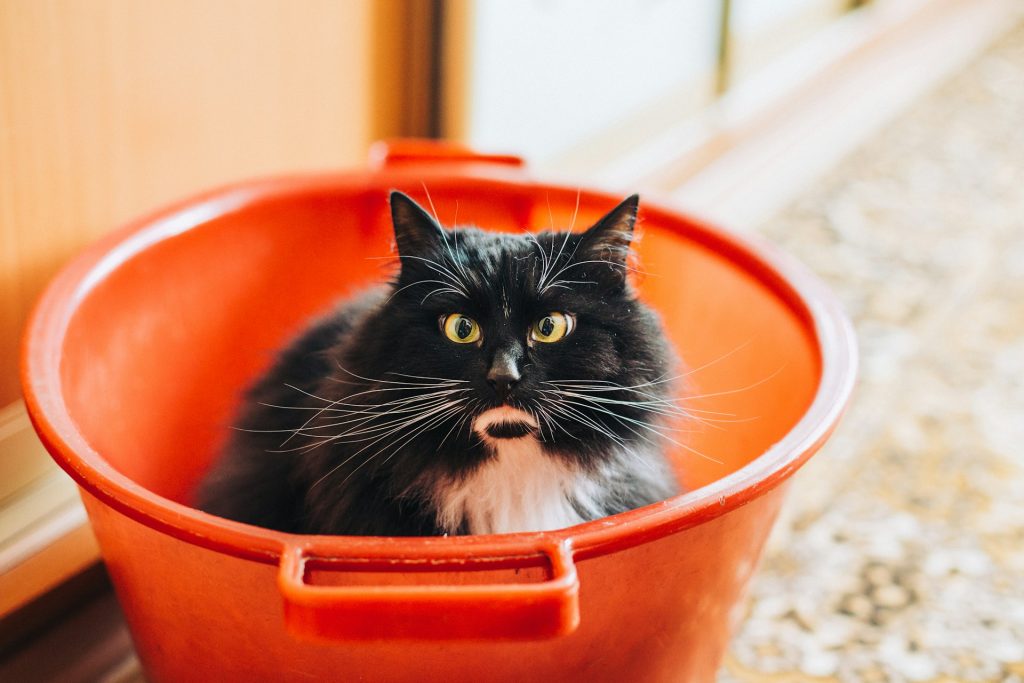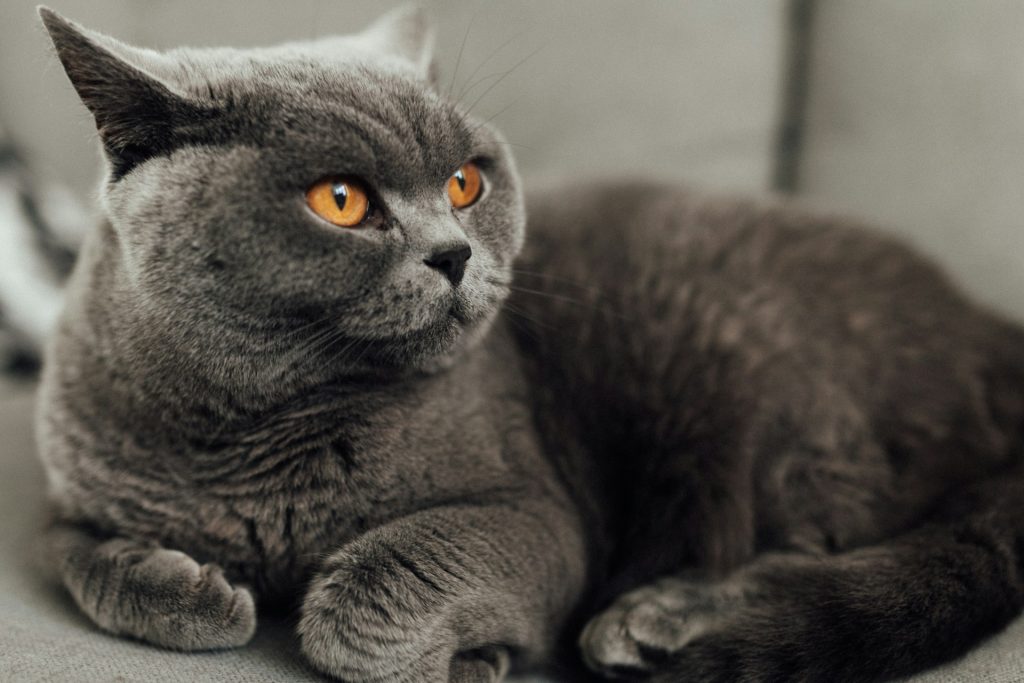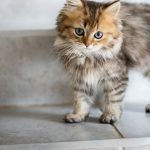Table of Contents
Cat owners often ponder why their feline friends exhibit clingy behaviors, ranging from constant cuddles to persistent following. While affection can be heartwarming, excessive clinginess may indicate underlying issues. It’s crucial to distinguish between a cat’s typical desire for companionship and signs that point to stress and anxiety or medical issues. Sudden shifts in your cat’s behavior, such as increased neediness, could signal health concerns that warrant attention. Recognizing these changes is the first step towards addressing your cat’s needs, ensuring you reward your cat with love and care while maintaining a balanced daily schedule.
Behavioral issues are often top of mind when cat owners observe their pets becoming more attached than usual. However, it’s essential not to overlook potential medical issues, especially if the clinginess is new or has intensified abruptly. Cats are adept at masking pain, and what may seem like affectionate behavior could be a plea for help. Understanding the root cause of your cat’s attachment can lead to better management strategies, whether it’s providing extra comfort or seeking veterinary care.
Recognizing the Signs of a Clingy Cat
Identifying an overly clingy cat begins with observing behaviors that deviate from their norm. Affectionate cats may enjoy sitting on your lap or greeting their human companions at the door, but signs that your cat may be crossing into overly attached territory include following you relentlessly, scratching at the door when you leave, and excessive meowing. These actions, coupled with distress when left alone, such as not wanting to eat or drink, or scratching furniture, suggest that your cat is seeking more than just casual affection. Cat owners need to be aware of these behaviors, as they can be both a source of concern and a call to action.
Seeking Constant Attention
When cats exhibit constant attention-seeking behavior, they may be trying to communicate their need for interaction. If your cat has become increasingly clingy, it could be a response to changes within the household, such as a new pet or family member, or simply from boredom. To keep them entertained and engaged, try incorporating playtime into your daily routine, using items like laser pointers and feather wands. These tools not only provide your cat with the attention they crave but also stimulate their minds, promoting a sense of satisfaction and potentially reducing clingy tendencies.
Following You Relentlessly
If your cat shadows you from room to room without respite, they demonstrate a strong desire to be in your presence. This relentless following is a clear indication of their need for constant companionship. While it may seem endearing at first, it’s important to recognize when this behavior disrupts your daily activities or signifies insecurity in your pet. Acknowledging this pattern is the first step in addressing the underlying causes of your cat’s behavior.
Excessive Meowing or Purring
Cats communicate through various sounds, and while meowing or purring is normal, excessive vocalization can be a sign of distress. If your cat is meowing excessively or purring more than usual, especially in situations where they seem to be seeking attention or reassurance, it may indicate that they are experiencing some form of anxiety or discomfort. Observing these vocal cues is essential in understanding your cat’s emotional state and determining whether there are deeper issues at play.

Exploring the Reasons Behind Clingy Behavior
Understanding the complexity of clinginess in cats is vital for cat owners seeking to foster a healthy relationship with their pets. Various factors can contribute to a cat’s clingy behavior, including health problems, stress from environmental changes, or emotional factors like separation anxiety. Recognizing these reasons why your cat is displaying such behavior is the first step in addressing their needs, whether by providing safe and secure hiding places, playing with your cat to foster independence, or identifying health issues that may require veterinary attention.
Disruption in Daily Routine
Cats are creatures of habit, and even minor disruptions in their daily routine can lead to stress and resulting clinginess. Changes in the household, such as a new work schedule or alterations to their feeding times, can unsettle your cat and cause them to seek comfort through increased attachment. Being mindful of maintaining consistency in your cat’s daily schedule can help alleviate their anxiety and reduce the need for constant reassurance.
Health Issues: The Underlying Cause of Neediness
If your cat is suddenly clingy, it may be a crucial indicator of health problems. Sudden changes in behavior, such as increased neediness or constant attention-seeking, can be a cat’s way of signaling that they are not feeling well. Pet owners need to take note of such shifts and consider whether underlying medical conditions could be causing their cat’s altered behavior.
Recognizing Pain or Discomfort
When cats are in pain or discomfort, they may become more clingy as a way of seeking help and comfort from their human companions. It’s essential to be attentive to subtle changes in behavior that may suggest your feline friend is not at their best. A cat that is more vocal than usual or seeks out more physical contact could be trying to communicate their distress, and recognizing these signs is the first step in providing them the care they need.
Identifying Medical Conditions or Illnesses
Medical conditions or illnesses can often manifest as sudden clinginess in cats. If you notice your cat becoming more attached or needy out of the blue, it may be a sign that they are suffering from an underlying medical issue. Observing your cat’s overall behavior and health is crucial in identifying when to seek veterinary assistance for potential medical concerns.
Emotional Distress and Anxiety
Changes in a cat’s environment or routine can lead to stress or anxiety, which may manifest as clingy behavior. If your cat may be clingy as a response to such disruptions, it’s important to provide reassurance and stability to help them feel secure. Recognizing the signs of emotional distress can guide you in creating a calming environment for your anxious cat.
The Impact of Aging on Your Cat’s Dependency
As cats age, they may become more dependent on their pet parents for comfort and security. Older cats, in particular, can exhibit destructive behaviors, meow excessively, or be constantly seeking attention as they try to navigate changes in their health and environment. Providing a safe space where they feel comfortable and secure can help keep your furry friend calm and relaxed, reducing their clingy tendencies.
Managing Your Cat’s Clinginess Effectively
Dealing with a cat’s clinginess involves understanding and addressing their needs for comfort and security. Pet parents can help their feline friends feel more at ease by ensuring they have a safe space to retreat to when feeling overwhelmed. By responding appropriately to behaviors like excessive meowing, and by not reinforcing negative patterns, you can help your cat become more calm and relaxed, ultimately positively managing their clinginess.
Observing and Understanding Your Cat’s Needs
Cat parents play a crucial role in recognizing and responding to their cat’s emotional needs. By closely observing your cat’s behavior, you can better understand what may be causing their clinginess and how to provide the support they require. Whether it’s through dedicated playtime, a consistent routine, or simply offering a listening ear, understanding your cat’s needs is key to a harmonious relationship.
Providing Comfort and Security
Ensuring your cat feels comfortable and safe is paramount in managing clinginess. Changes in the household or routine can be distressing for cats, and pet parents must be attentive to these shifts. Creating a consistent and secure environment can help reassure your cat, whether it’s through maintaining a stable routine or offering a dedicated pet or family space for them to feel secure and loved.
Encouraging Play and Independence
Creating an environment where your cat can explore and play independently is vital for their well-being and your sanity. Cats love routine, so establishing consistent times for feeding and play can make them feel secure and help curb their clinginess. Providing a space filled with cozy spots and toys that your cat can claim as their own encourages self-reliance. Scratching posts and areas where they can observe the world from a safe vantage point gives them a sense of control and satisfaction.
Interactive Toys to Engage Your Clingy Cat
Interactive toys are a fantastic way to stimulate your cat’s mind and promote independent play. Puzzle feeders, for instance, not only entertain your cat but also slow down their eating, which can be beneficial for their digestion. Laser toys are another great option, offering endless entertainment as your cat chases the elusive light. Remember, every cat is an individual, and while some may prefer chasing feather wands, others, like Maine Coons, might enjoy larger, more complex toys. The key is to provide a variety of toys that your cat can engage with, encouraging them to play and explore even when you’re not around.
When to Seek Veterinary Care for Clinginess
If your cat’s clingy behavior persists or intensifies without apparent reason, it may be time to consult with a cat behaviorist or seek veterinary care. Sudden changes in your cat’s health could be manifesting as increased neediness. Watch for signs like refusing to eat, urinating or defecating outside the litter box, or acting clingy after a change in environment. These symptoms can indicate that your cat is trying to satisfy your cat’s need for comfort due to feeling unwell. It’s crucial to address any health concerns promptly to ensure your cat’s health and well-being.
Preventing Over-Attachment in Your Feline Friend
Preventing over-attachment starts with fostering a secure and engaging environment. Feeding your cat with food puzzles can stimulate their mind and encourage independence. Including cat trees in your home allows your cat to explore and perch from safe heights, offering a sense of control and satisfaction. By satisfying your cat’s need for stimulation and safety, you can help minimize clinginess and promote a well-adjusted pet. Remember, balance is key to a healthy relationship with your feline friend.
Establishing a Balanced Relationship
Establishing a balanced relationship with your cat involves routine and environmental enrichment. Cats, much like humans, appreciate predictability. Feeding your cat at consistent times and providing regular play sessions can reduce anxiety and neediness. Ensure your cat has access to cat trees and safe spaces, which contribute to their sense of independence. A holistic diet that caters to your cat’s individual needs can also help manage clingy tendencies and promote overall well-being.
Training Techniques to Foster Independence
To cultivate independence in your clingy cat, introduce training techniques that encourage self-reliance. Cats love routine, so establish consistent times for meals and play. Create a space with cozy spots and toys that your cat can explore on their own. Utilize interactive toys like puzzle feeders and laser toys to keep them entertained. These strategies fulfill their need for engagement and can help reduce reliance on constant human interaction, fostering a more independent feline.

Expert Insights on Clingy Cats
Expert insights reveal that clinginess can stem from a variety of factors. Cats that start urinating or defecating inappropriately, acting clingy, or refusing to eat may be experiencing stress or illness. Such behavioral changes are a signal to cat owners to investigate further. It is important to observe your cat closely and consult with a veterinarian to determine the root cause of the clinginess and address any potential health issues.
The Role of Environmental Changes in Feline Behavior
Cats thrive on routine, and disruptions can lead to clingy behavior. A new pet, a move, or even rearranging furniture can unsettle your cat. They may seek comfort in your presence more frequently as they adjust to the changes. Providing consistency in their routine and ensuring they have familiar objects and safe spaces can help mitigate stress and reduce clinginess caused by environmental changes.
The Influence of Past Experiences on Current Attachment
Past experiences can greatly influence a cat’s current attachment behavior. Cats that have been through traumatic events, such as early separation from their mother or neglect, may exhibit clinginess as a coping mechanism. Understanding that cats are clingy due to these past experiences can help owners provide the appropriate support and patience needed to build trust and security with their feline companions.
Conclusion: Embracing Your Cat’s Affection With Balance
Embracing your cat’s affection is essential, but it is equally important to maintain a balance that promotes their independence. Creating a safe space for your cat to retreat when they feel stressed can help reduce clinginess. It’s vital to avoid reinforcing needy behaviors by giving attention only when your cat is calm and not demanding it. Striking this balance will foster a healthier, more content relationship with your feline friend.
Maintaining a healthy relationship with a clingy cat requires understanding and patience. While some breeds like Maine Coons might be more sociable, every cat is an individual with unique needs. Recognizing signs of a clingy cat and providing them with a stable environment, adequate stimulation, and regular veterinary check-ups can help satisfy your cat’s social needs without fostering dependency. Multiple cats may interact with each other, reducing the demand for your attention, but senior cats might require more care. If you’re struggling with a clingy cat, consider scheduling an appointment with your veterinarian for tailored advice and tips for dealing with your cat’s personality.

Hi, I’m Zoey, a devoted mom to two charming Siamese cats. My passion lies in assisting fellow pet owners in providing optimal care for their cats. On CatsEuphoria, I share practical tips and relatable stories, inviting you to join me in appreciating the authentic bond between humans and our beloved feline companions.




